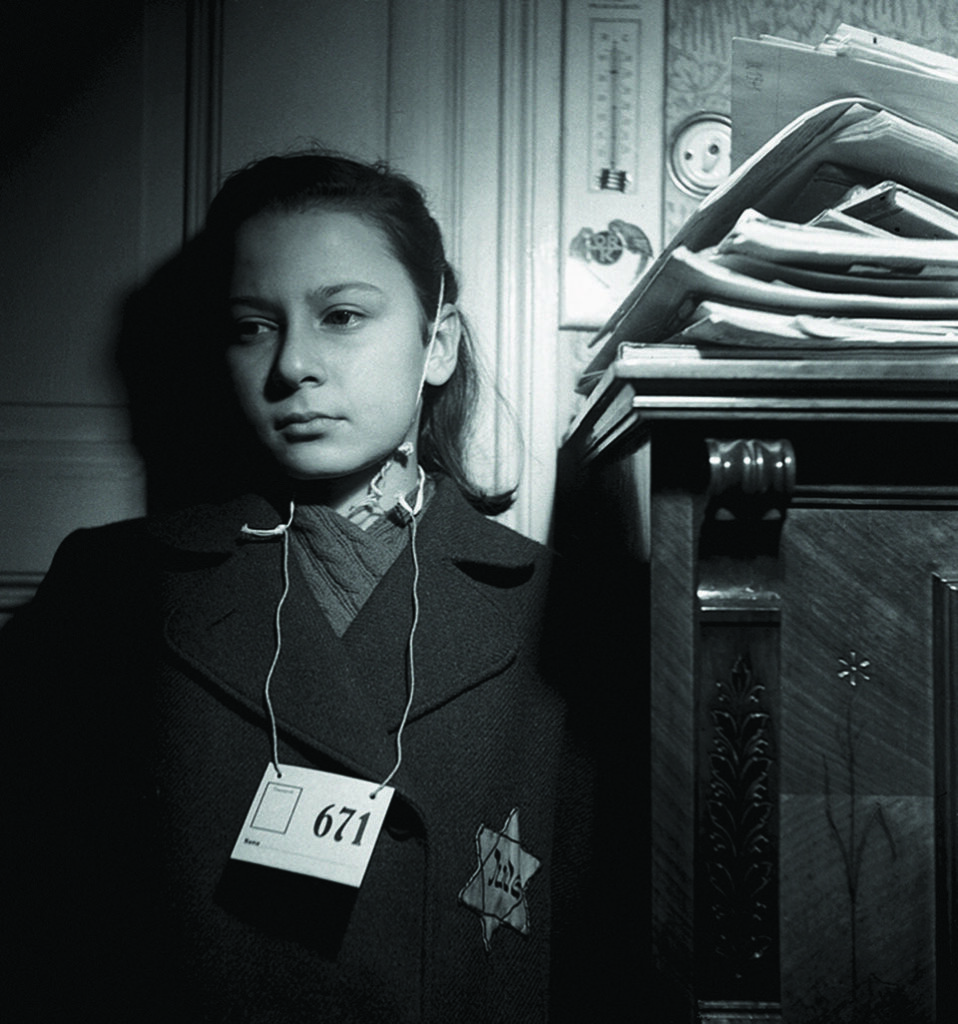When well-known Czechoslovak photographer Jan Lukas (1915–2006) pressed the shutter of his camera, Vendulka Vogelová and her parents were just a few hours away from getting on a transport. Taken in 1943, Lukas’s photograph would later turn the twelve-year-old girl into a symbol of the Holocaust. Vendulka was Jewish, and Lukas was afraid to develop the images he had taken. If the Nazis had found them, he would have ended up in a concentration camp just like Vendulka and her family. Nearly eighty years later, journalist Ondřej Kundra managed to find Vendulka Vogelová in the United States, where she had emigrated after the war, and to persuade her to tell him about her eventful life and her friendship with photographer Jan Lukas.
Czech photographic legend Jan Lukas (1915–2006) lived through two totalitarian regimes in his country. He recorded minor and major events in modern Czechoslovak history in stylized reportage photographs and through portraits of important individuals. He continued to apply his distinctive and original approach after emigrating to the United States in the 1960s.
Journalist Ondřej Kundra (1980) has worked for Respekt magazine since 1999, where he is the deputy editor-in-chief. He is a three-time recipient of the Journalism Award for investigative writing, and is also a 2019 laureate of the Ferdinand Peroutka Award. Kundra wrote about Vendulka Vogelová and Jan Lukas’s photograph in his book Vendulka, útěk za svobodou, published in 2021 in English as Vendulka: Flight to Freedom. Thanks to the Czech Centres and the Czech Ministry of Foreign Affairs, this exhibition has been seen by visitors in Berlin, Munich, New York, Tel Aviv, Jerusalem, and Bratislava.


